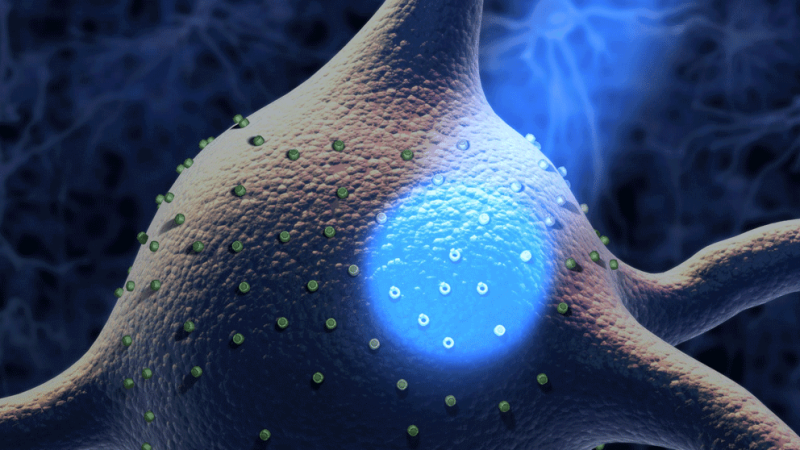A breakthrough in “chemical surgery” that can correct a type of genetic mutation behind a host of diseases has been unveiled by researchers. Scientists are hopeful that the approach could offer new ways to understand – and even one day tackle – certain human genetic diseases by correcting mutations in a patient’s body.
…
[S]cientists say they can fix these errors in a process known as “base editing”, turning A bases back to G and T bases back to C using a modified version of the gene editing tool Crispr–Cas9.…
Within the new machinery, a section of single-stranded genetic material known as RNA directs the tool to the faulty section of DNA, which the Cas9 protein “unwinds”. A specially-developed enzyme within the tool then chemically alters the A base, turning it into a molecule known as inosine, which is “read” as a G by the cell’s machinery.
…
The technique, [co-author David] Liu adds, has some advantages over traditional Crispr-Cas9 techniques for switching base pairs, not least that it is less prone to problems of random insertions or deletions, was not found to cause unwanted changes to the base pairs, and works well in adult cells. However, he noted that base-editing cannot be used to insert or delete stretches of DNA.
The GLP aggregated and excerpted this blog/article to reflect the diversity of news, opinion, and analysis. Read full, original post: ‘Chemical surgery’ can correct genetic mutations behind many diseases – study































